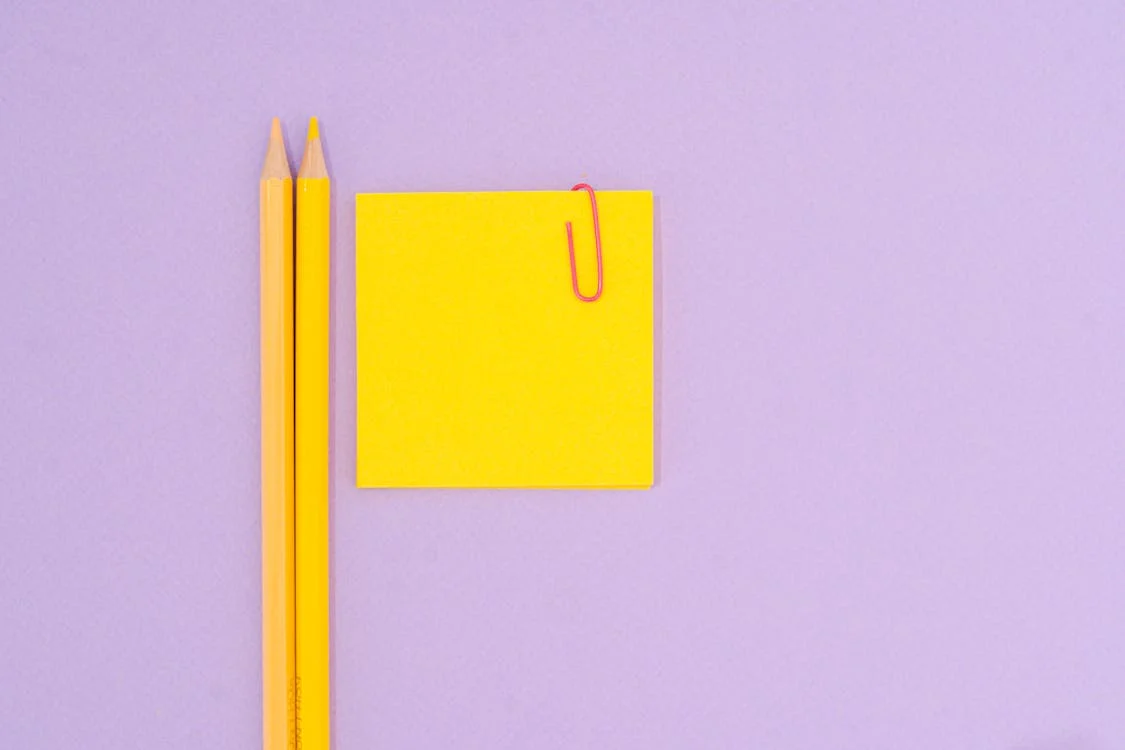Free your workspace and your headspace by embracing minimalist sticky-note strategies. By paring down to only the most essential reminders and organizing them thoughtfully, you’ll reduce visual clutter, sharpen focus, and cultivate a calmer, more productive environment.
Embrace the “Less Is More” Mindset
Minimalism begins with the intentional choice to display only what truly matters. Limit your sticky-note usage to three core categories—today’s priorities, in-progress tasks, and quick reference facts. Store or discard everything else. This constraint forces you to distill complex to-do lists into bite-sized actions, preventing overwhelm and ensuring that each note you post serves a clear purpose.
Designate a Single Sticky-Note Zone
Rather than scattering notes across your monitor, keyboard, and notebook, select one dedicated spot—such as a small bulletin board or a slim magnetic strip on your desk. By centralizing all active reminders in a compact area, you avoid visual noise and train your eyes to scan a single location. When a note is complete, remove it immediately; if it’s no longer relevant, discard it without hesitation.
Use Uniform Note Sizes and Colors
Chaos creeps in when each note demands its own color and size. Opt for one standard size—3×3 inches—and a single neutral hue like pastel gray or soft white. This uniformity reduces the “busy” appearance of your workspace and directs attention to content rather than color. When a particular task warrants emphasis, frame it with a simple underline or border rather than switching colors.
Time-Box Your Notes
Assign a life span to every sticky note. Label each with an expiration time—end of day, end of week, or a specific hour. Attach a small notation, such as “EOD” or “Fri,” at the top corner. When the appointed time arrives, evaluate the note: if the task still matters, rewrite it on a fresh note; if not, let it go. This ritual prevents notes from accumulating indefinitely and keeps your board lean.
Prioritize with Spatial Hierarchy
Organize your sticky-note zone into three horizontal tiers:
- Top Tier: Critical “must-do today” items
- Middle Tier: Important but flexible tasks
- Bottom Tier: Reference reminders or longer-term goals
This spatial arrangement instantly conveys priority without relying on color or size. Your eyes naturally gravitate upward, so vital tasks never get buried.
Keep Notes Highly Concise
Minimalism thrives on brevity. Limit each note to a single action or succinct fact—no paragraphs or bullet lists. For example, instead of “Write article introduction, research sources, draft outline,” create three individual notes: “Research sources,” “Outline intro,” and “Draft intro.” One thought per note ensures clarity and clean removal once each step is done.
Archive Digitally, Display Analog
As soon as a note no longer fits your minimal zone—whether completed or pending future action—capture it digitally with your phone’s camera and store it in a note-taking app or folder. This preserves your ideas without cluttering your desk. The physical board remains streamlined, while your digital archive doubles as a searchable backlog.
Leverage Negative Space
Don’t feel compelled to cram every square inch. Leave ample blank space around your sticky-note cluster. Negative space highlights the notes you keep, lending them greater impact and preventing visual fatigue. A few well-placed reminders on a clean background communicates more effectively than a dense patchwork.
Rotate Weekly Themes
To maintain clarity over time, dedicate each week to a single theme—project, client, or personal focus—then clear your board at week’s end. For instance, Week 1 might spotlight “Budget Planning,” while Week 2 shifts to “Content Calendar.” Weekly resets allow you to declutter regularly and approach each new theme with a fresh mind.
Combine with a Single Digital Reminder
Augment your minimalist board with one primary digital reminder: a daily alarm or calendar event labeled “Review board.” Set it for first thing each morning. This prompts you to process each sticky note—complete, archive, or discard—before diving into tasks, ensuring your board never drifts into disarray.
By adopting these minimalist sticky-note practices, you’ll transform your desk into a zone of clarity and calm. The disciplined use of space, uniform design, and intentional review rituals declutter both your physical environment and your mind, allowing you to focus on what truly matters each day.
